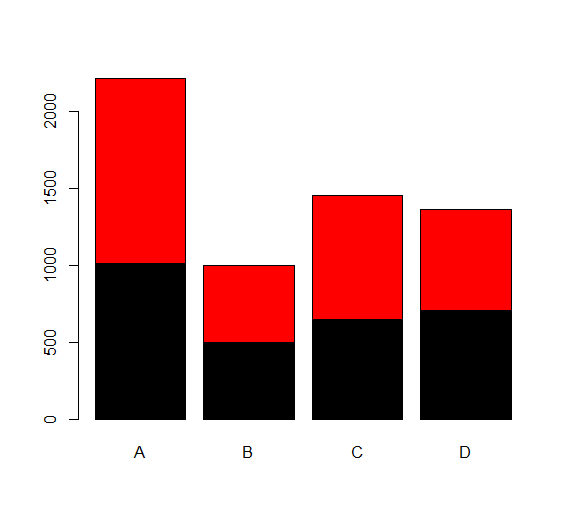Understanding Machine Learning and Data Science, In today’s digital age, the terms “Machine Learning” and “Data Science” have become buzzwords, often used interchangeably.
However, they represent distinct fields with unique methodologies and applications.
This article aims to demystify these concepts, highlighting their significance, differences, and real-world applications.
What is Data Science?
Data Science is an interdisciplinary field that uses scientific methods, processes, algorithms, and systems to extract knowledge and insights from structured and unstructured data.
It encompasses a wide range of techniques from statistics, computer science, and domain-specific knowledge to analyze and interpret complex data sets.
Key Components of Data Science:
- Data Collection: Gathering data from various sources such as databases, web scraping, and IoT devices.
- Data Cleaning: Removing inconsistencies and errors to ensure data quality.
- Data Analysis: Using statistical methods to identify patterns and trends.
- Data Visualization: Presenting data in graphical formats to make insights easily understandable.
- Machine Learning: Applying algorithms to make predictions or decisions based on data.
What is Machine Learning?
Machine Learning (ML) is a subset of artificial intelligence (AI) that focuses on building systems that can learn from and make decisions based on data.
Unlike traditional programming, where rules are explicitly coded, ML algorithms identify patterns and make decisions with minimal human intervention.
Types of Machine Learning:
- Supervised Learning: The algorithm is trained on labeled data, meaning the input comes with the correct output. Examples include classification and regression tasks.
- Unsupervised Learning: The algorithm works on unlabeled data and tries to find hidden patterns or intrinsic structures. Examples include clustering and association.
- Reinforcement Learning: The algorithm learns by interacting with an environment, and receiving rewards or penalties based on its actions.
The Intersection of Data Science and Machine Learning
While Data Science and Machine Learning are distinct fields, they often overlap.
Data Scientists use ML algorithms to analyze and interpret data, while ML engineers rely on data science techniques to preprocess and clean data before feeding it into models.
This synergy enhances the capabilities of both fields, leading to more accurate predictions and deeper insights.
Real-World Applications
1. Healthcare:
- Predictive Analytics: ML models predict disease outbreaks, patient readmissions, and treatment outcomes.
- Medical Imaging: Algorithms analyze medical images to detect anomalies such as tumors.
2. Finance:
- Fraud Detection: ML algorithms identify suspicious transactions and prevent fraud.
- Algorithmic Trading: Data science techniques analyze market trends to make trading decisions.
3. Retail:
- Customer Segmentation: Data science methods group customers based on purchasing behavior.
- Recommendation Systems: ML algorithms suggest products based on user preferences.
4. Transportation:
- Route Optimization: ML models optimize delivery routes to reduce fuel consumption.
- Autonomous Vehicles: Data science and ML work together to enable self-driving cars.
Challenges and Future Trends
Challenges:
- Data Privacy: Ensuring the ethical use of data and protecting user privacy.
- Bias in Algorithms: Addressing biases in ML models to ensure fair outcomes.
- Scalability: Managing and processing large volumes of data efficiently.
Future Trends:
- Explainable AI: Developing models that provide clear explanations for their decisions.
- Edge Computing: Processing data closer to its source to reduce latency.
- Automated Machine Learning (AutoML): Simplifying the ML model development process.
Conclusion
Data Science and Machine Learning are revolutionizing various industries by providing actionable insights and automating decision-making processes.
As these fields continue to evolve, they will unlock new possibilities and drive innovation.
Whether you’re a beginner or an advanced learner, understanding these concepts is crucial in today’s data-driven world.
For those looking to dive deeper, numerous resources are available, including free books and online courses.
Embrace the journey of learning and unlock your full potential in the exciting world of Data Science and Machine Learning.
Top 50 Free Machine Learning Books
Course Archives »For Data Science
Happy learning!








